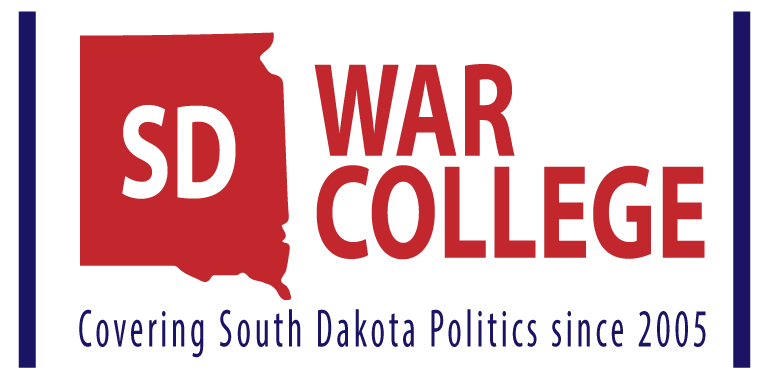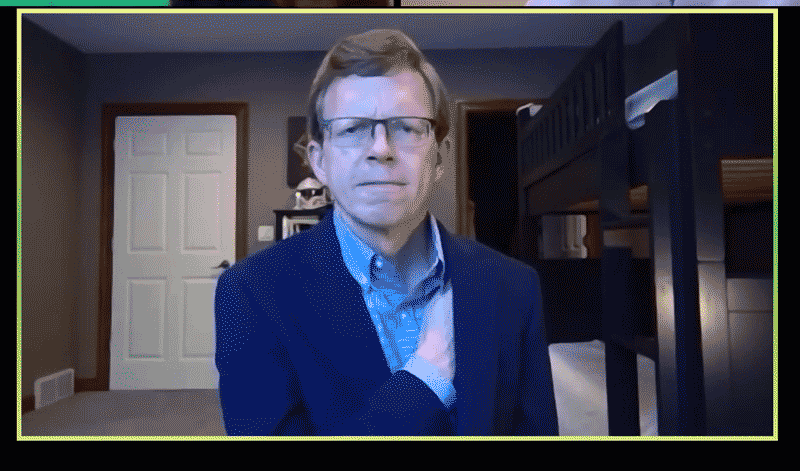Congressman Dusty Johnson’s Weekly Column: Making Telehealth Permanent


Making Telehealth Permanent
By Rep. Dusty Johnson
In March, when things went from 0 to 100 at the beginning of the pandemic, our health care system was forced to adapt quickly on so many levels. With patients no longer allowed to visit hospitals in-person for regular appointments, we needed a solution – and fast.
Telehealth was the answer. The administration quickly expanded Medicare’s telehealth coverage during the pandemic, ensuring our seniors had access to their providers from the safety of their own home.
Prior to COVID-19, Senator Thune and I supported the CONNECT for Health Act, which would make the Medicare telehealth expansion permanent – I will continue to push for this bill as a long-term solution.
If you’ve utilized telehealth throughout the last several months – we probably shared a similar thought: “Why wasn’t this an option years ago?” The answer is two-fold – lack of awareness it existed and lack of coverage through programs like Medicare and other health insurance providers.
Telehealth is no longer a secret, and it’s likely more Americans are going to take advantage of it moving forward. That’s why I signed onto the KEEP Telehealth Options Act, which would require the Department of Health and Human Services to study the current state of telehealth and inform Congress about the areas that require improvement on the path to permanence.
It’s been a difficult few months, but I’m proud of our health care community for stepping up in more areas than one.
Because of the CARES Act, hospitals around the country were able to apply for funding through the Federal Communications Commission to increase state access to telehealth services. South Dakota hospitals were awarded hundreds of thousands of dollars to purchase telehealth equipment, ensuring our hospitals could meet the needs of patients virtually.
South Dakota is home to providers like Avera that have led the charge on telehealth services in rural communities for decades. We still have more work to do, but one thing is for certain, telehealth needs to be a permanent option for all Americans.
###



